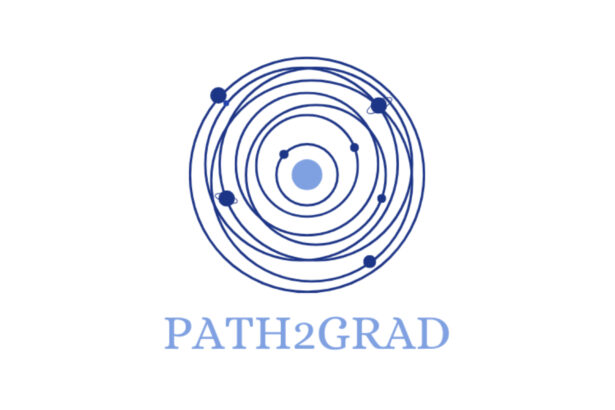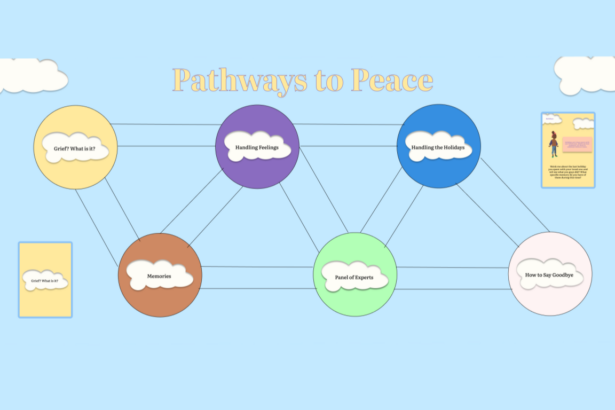Science curriculum and learning should be conducted in ways that allow students to discover something about themselves, something new, and something about someone else. I designed a mini-curriculum that combines STEM and Black History, empowering students aged 9-13 to do all three of those things. Through self-discovery activities, fill-in-the-blank science stories, and DIY experiments in which students control variables to create personalized experiments! The curriculum also intentionally highlights Black science activists, linking their contributions to the content phenomena. This learning journey is flexible, allowing students to engage with components in any order, fostering scientific and personal discovery along with critical analysis of Black STEM activists. The curriculum is designed to make science labs more fun and accessible, especially for young Black students, and can be used in classrooms or for self-directed learning.
Part 1: Self Discovery
In a science lesson, students must learn something about themselves. The excerpts below are excerpts from a lesson called “What Does a Scientist Look Like?”. The activities below are student facing materials in the form of a science notebook in which students learn to envision themselves as scientists based on their innate abilities.

Part 2: Scientific Discovery
After students see themselves as scientists, they can then complete fill-in-the-blank and DIY science experiments that allow them to control their variables and create unique experiment outputs. There is fun and joy in knowing you are equipped to “do science” and then doing it in a way that puts a students at the drivers seat. In the Bath bomb science notebook example below, students draw, learn, and draw conclusion about the experiment. I’ve made bath bombs in my classroom many times for fun without explicitly explaining the science or allowing students to make unique (color, scent, texture, explosiveness, etc) outputs. This experience will sure to bring joy and understanding the next time I teach it to students. Though the ideal science workbook is printed, students can do a digital test of their chosen ingredients to image what their bath bomb might look like. CLICK HERE to try the digital ingredient selection experience!

Part 3: Black STEM
Including the stories, innovations, and activism of Black folx while staying grounded in the sciences was the core of this project. The images below are from a lesson I taught on the component of blood. While the lesson was good, it provided an opportunity to highlighting the blood banking work and activism of Dr.Charles Drew. This new and improved version of the lesson follows the 5-E model of instruction (Bybee 1987), allowing students to quickly engage and then slowly build their understanding over the lesson. CLICK HERE for the full lesson! I’m also working on a lesson on Sustainable Farming that centers Fannie Lou Hamer.

The Process
The process of creating this learning experience taught me to design on purpose and to not be afraid to have a specific audience in mind. Good things take time but it’s important to take action and simultaneously iterate while you’re researching. Pursuing this project was birthed out of frustration and opportunity as a classroom teacher. My students loved the engaging and explorative nature of my science classroom because I regularly centered STEM and conducted experiments that allowed them to fail and succeed with their dignity in tact. However, I still wanted to make sure I was centering Black scientist to pay homage to their innovation, impact, and worthiness of deliberate inclusion in curriculum for students. My students inspired this work. Their curiosity, frustrations, discovery, and identities push me to create learning experiences where they are seen, valued, and challenged to pursue growth. I’m hoping Black students will see themselves in this curriculum and be inspired to pursue STEM spaces in which they can learn, create, test, observe, and BE their authentic selves. If you test any of these things out, let me know how it goes: Tyler Hunt M.Ed


Design Journal and Inspirations
The two concepts below helped shape my approach to iterative design with this learning experience.
Don Norman (2013), The Design of Everyday Things
Human-Centered Design (HCD):
Norman emphasizes the importance of ensuring that people’s needs are met through design. His mantra is that products should be “understandable, usable, enjoyable.”
Mitch Resnick & Eric Rosenbaum (2013), Designing for Tinkerability
Tinkering: This approach is messy and exploratory, embracing improvisation and the ongoing refinement of goals. It encourages creativity and adaptability, allowing for unexpected discoveries along the way.
Austin Kleon has an amazing book called “Steal Like an Artist” that served as great reminders, pointers, and advice each week.








